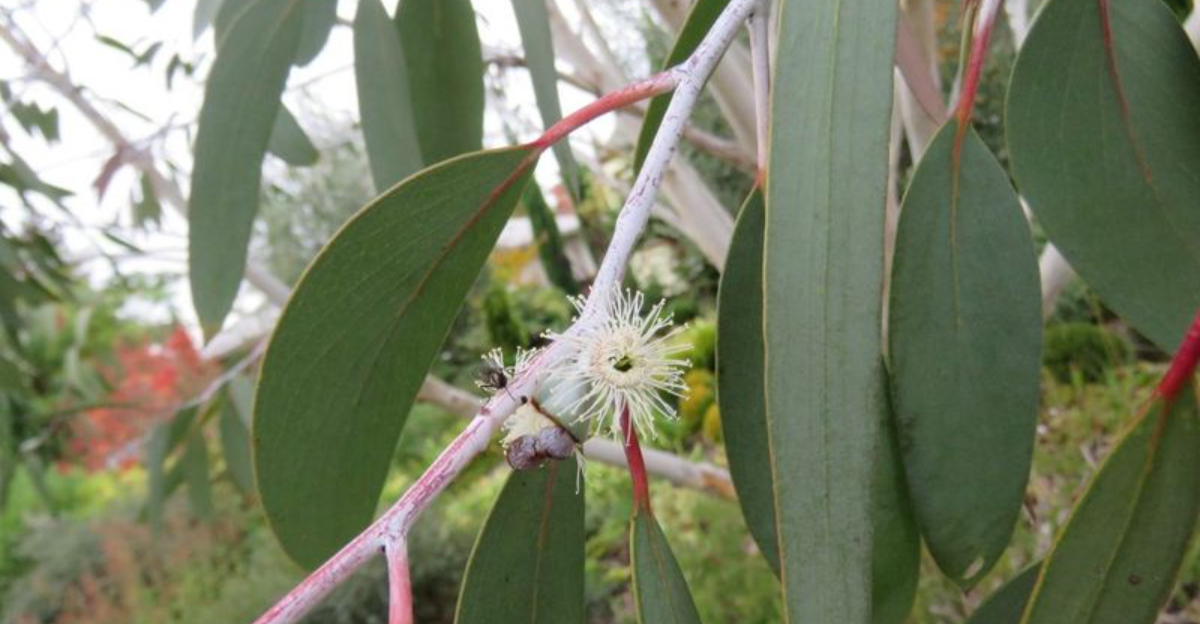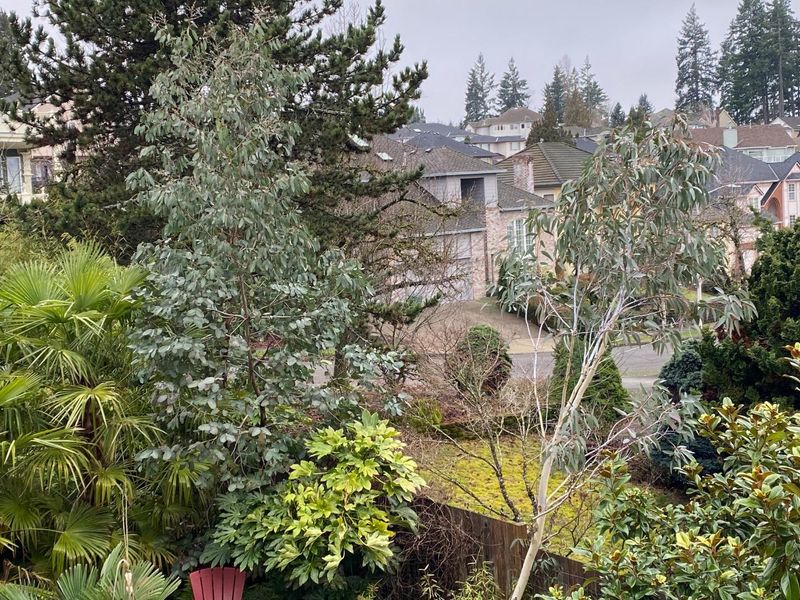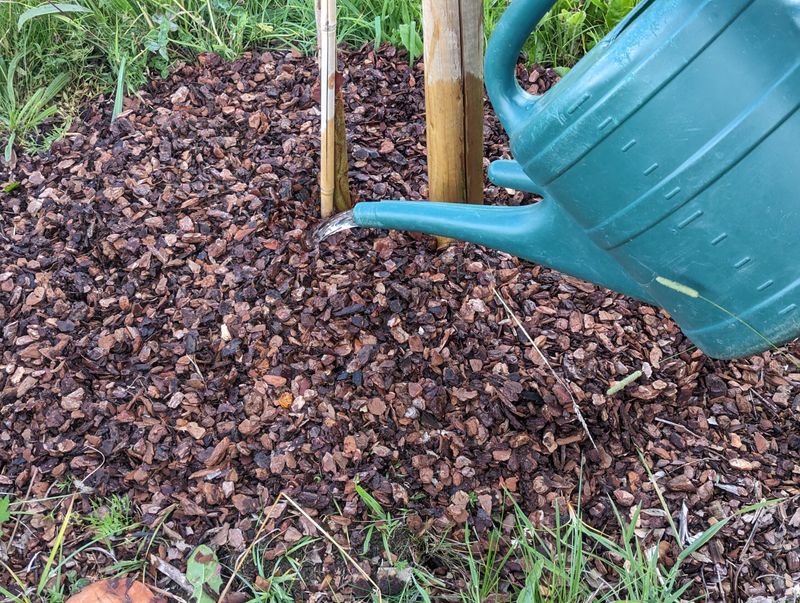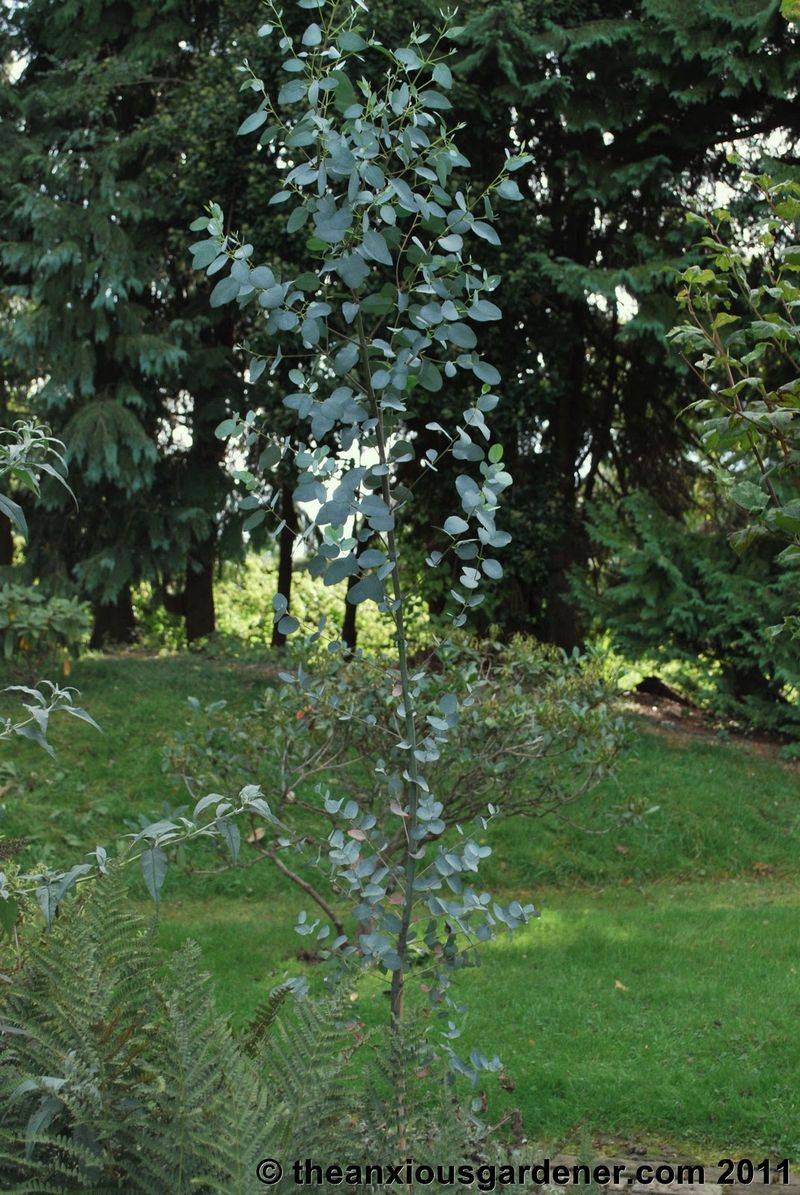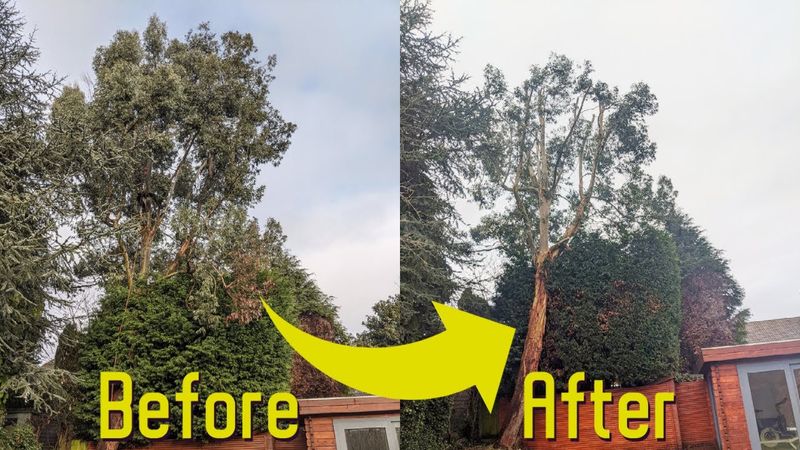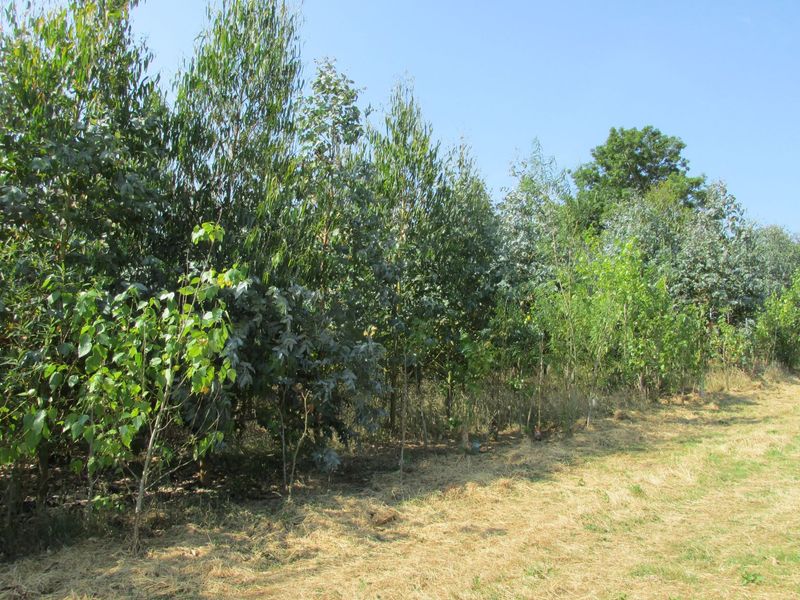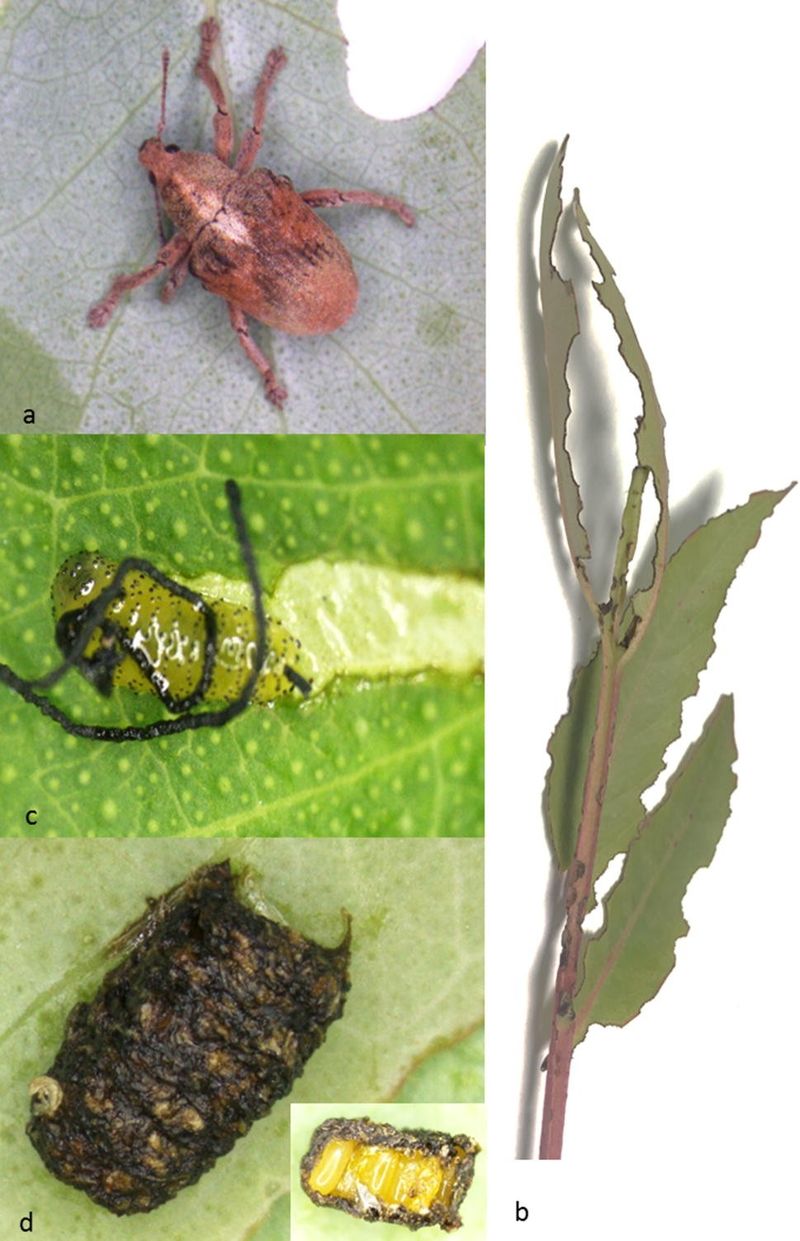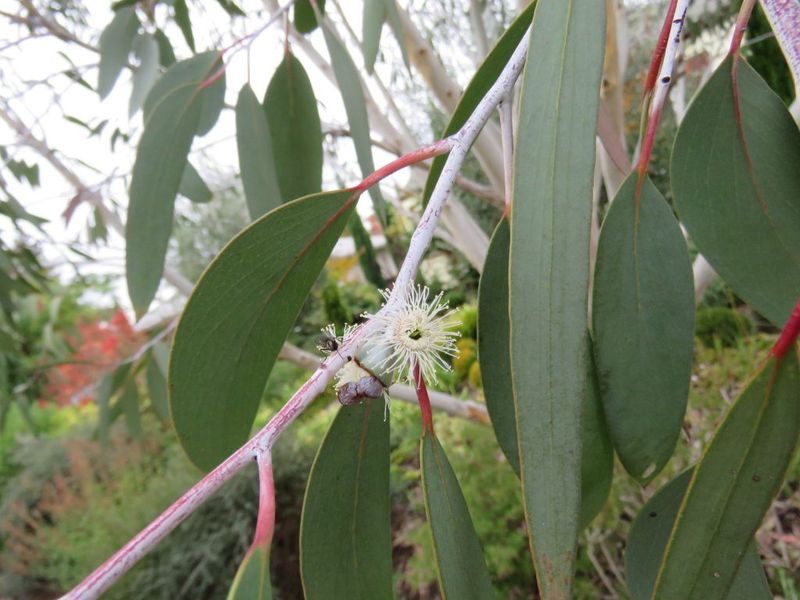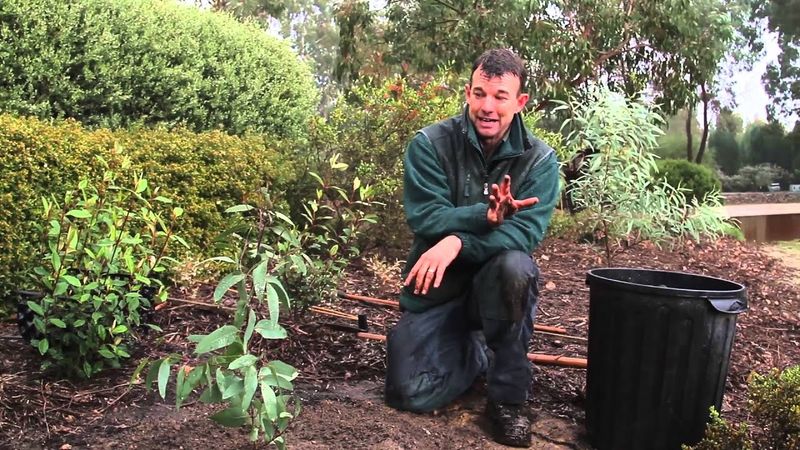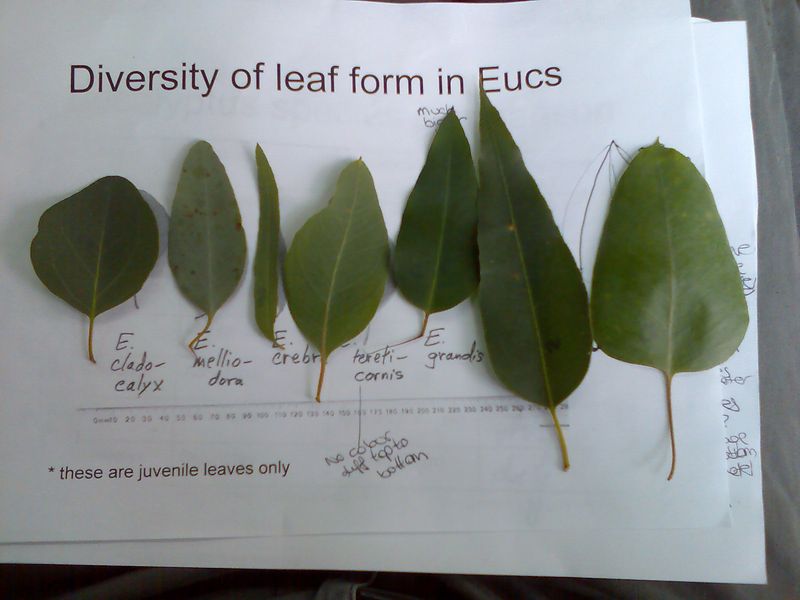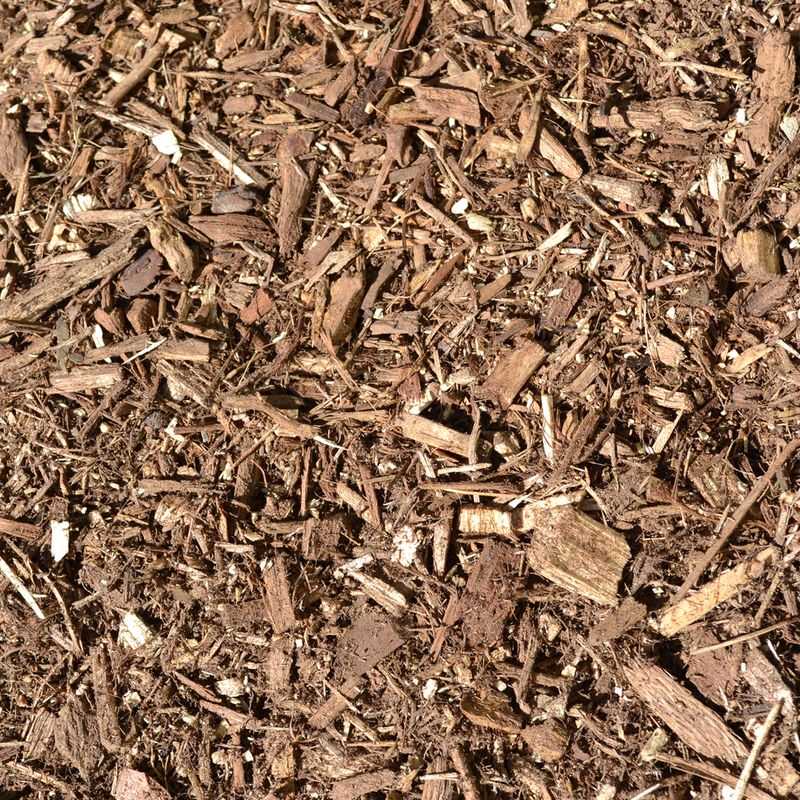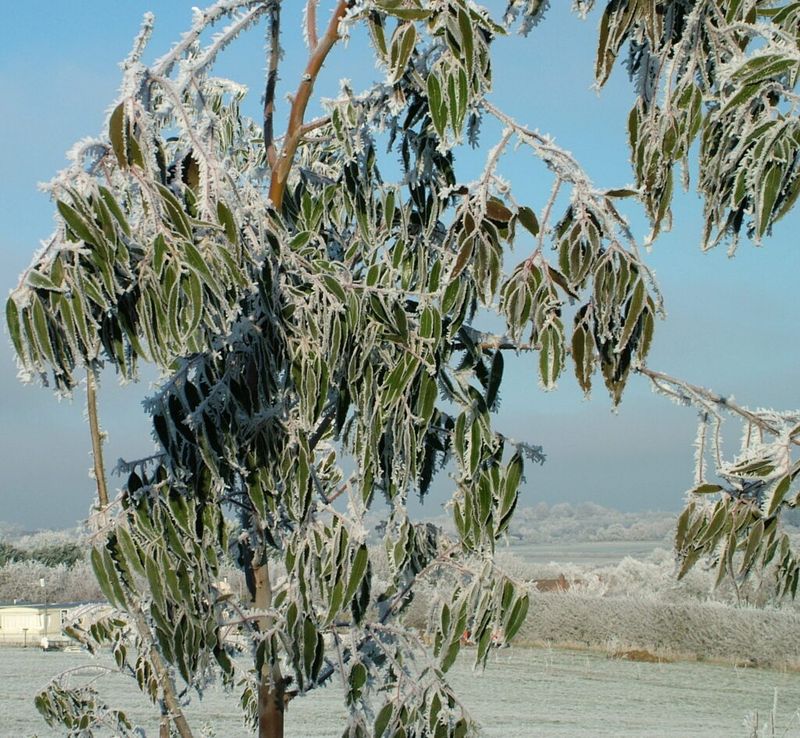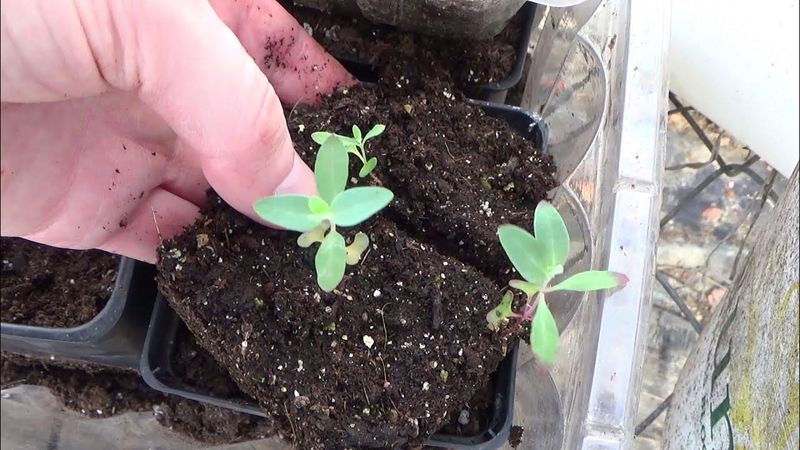Eucalyptus trees are a favorite among gardeners for their fragrant leaves and unique appearance. Yet, many enthusiasts unknowingly stumble on common pitfalls while nurturing these elegant giants.
Whether you’re a seasoned gardener or a budding plant lover, recognizing these blunders will help you cultivate a thriving eucalyptus grove.
Explore these twelve surprising mistakes and learn how to prevent them for a flourishing eucalyptus garden.
1. Ignoring Soil Acidity
Many gardeners overlook the importance of soil acidity when planting eucalyptus trees. These trees thrive in slightly acidic to neutral soil, and neglecting this can hinder their growth. Testing your soil’s pH level is crucial before planting.
Using a simple pH testing kit, you can easily determine the acidity level of your soil. Adjust the pH by adding lime to raise it or sulfur to lower it, ensuring your eucalyptus gets the optimal environment.
Regular checks and adjustments can lead to healthier trees that grow vigorously.
2. Overwatering the Trees
Eucalyptus trees, native to Australia, are adapted to dry conditions, and overwatering can be detrimental. Many gardeners, in their zeal to care, drown these trees with too much water.
Understanding the watering needs of your eucalyptus is key. They prefer less moisture, especially when established. Ensure your soil drains well to prevent waterlogging. Opt for a deep, infrequent watering schedule during dry spells.
This approach encourages deep root growth and protects your eucalyptus from root rot, ensuring robust and healthy trees.
3. Planting in Shaded Areas
These sun-loving giants despise shade, and planting them in low-light areas is a common mistake. Eucalyptus trees demand full sun to photosynthesize and grow effectively.
If planted in shaded spots, their growth is stunted, and they become susceptible to diseases. Ensure your planting site receives ample sunlight throughout the day.
Consider relocating any young eucalyptus to sunnier areas if they appear to struggle. This simple change can make a significant difference in their health and vigor.
4. Neglecting Pruning
Pruning is often overlooked, yet it’s vital for eucalyptus health. Neglected trees can become unruly, with weakened branches that risk breaking.
Regular pruning promotes strong growth and a desirable shape. Trim back any dead or diseased branches, and thin out crowded areas to improve air circulation. This not only enhances the tree’s appearance but also reduces disease risk.
Consistent pruning efforts ensure your eucalyptus remains strong and aesthetically pleasing, contributing to a vibrant garden display.
5. Improper Spacing
Crowding eucalyptus trees is a frequent error that hampers their potential. These trees require ample room to spread their branches and receive adequate sunlight.
Cramped conditions can lead to competition for nutrients, inhibiting growth. To prevent this, space your eucalyptus trees appropriately, considering their mature size.
This provides each tree the opportunity to flourish without competing for resources. Proper spacing enhances air circulation, reducing disease risk and promoting healthy, robust trees.
6. Overlooking Pest Control
Pests can silently wreak havoc on eucalyptus trees, and many gardeners fail to notice until significant damage occurs. Regular monitoring is vital to catch infestations early.
Inspect leaves and branches for signs of pests like beetles and aphids. Use organic pesticides or natural predators to control outbreaks.
Maintaining a healthy tree through proper care also makes it less attractive to pests. Vigilance and timely intervention protect your eucalyptus, ensuring they remain vibrant and lush.
7. Fertilizing Incorrectly
Fertilizing eucalyptus trees can be beneficial, but overdoing it is a common mistake. Excessive fertilization can lead to nutrient imbalances and weak growth.
It’s important to follow recommended guidelines for eucalyptus, typically needing low phosphorus and balanced nitrogen levels. Opt for slow-release fertilizers to provide a steady nutrient supply. Adjust based on soil tests and observed growth patterns.
Proper fertilization practices will support your eucalyptus in achieving lush, healthy foliage and robust growth.
8. Incorrect Planting Depth
Planting your eucalyptus at the wrong depth can be detrimental. Too deep, and the roots may not get enough oxygen; too shallow, and they might dry out. Aim to plant at the same depth as it was in the nursery container.
To fix this, carefully remove the soil around the trunk until the top of the root ball is level with the soil surface. This adjustment allows better air circulation and water absorption.
Keep the soil slightly mounded around the tree but avoid covering the trunk with soil. This simple step can make a big difference in the health of your tree.
9. Selecting the Wrong Species
Not all eucalyptus species suit every climate, and choosing the wrong type can lead to disappointment. It’s crucial to research the species best adapted to your local conditions.
Consult with local nurseries or extension services to identify suitable eucalyptus types. Consider factors like frost tolerance and soil preferences. Selecting the appropriate species ensures a thriving tree that complements your landscape.
Thoughtful selection can prevent future frustrations and encourage success in eucalyptus cultivation.
10. Failing to Mulch
Mulching is often neglected but plays a pivotal role in eucalyptus health. It conserves moisture, suppresses weeds, and stabilizes soil temperature.
Apply a generous layer of organic mulch around the base of your eucalyptus, ensuring it doesn’t touch the trunk. This protective barrier fosters a favorable growing environment and enhances soil quality.
Regularly replenish mulch as it decomposes. Incorporating mulching into your care routine can significantly benefit your eucalyptus trees, leading to vigorous growth.
11. Ignoring Climate Requirements
Every eucalyptus species has specific climate needs, and ignoring these can lead to failure. Ensuring your tree aligns with your region’s climate is crucial for success.
Consider temperature ranges, rainfall patterns, and potential frost events when selecting a eucalyptus species. If your locale doesn’t match their needs, create microclimates using protective structures or choose a more suitable species.
Understanding and accommodating climate requirements keeps your eucalyptus thriving, even in challenging conditions.
12. Poor Start with Seedlings
The initial planting stage is vital for eucalyptus trees, and starting improperly can lead to long-term issues. Selecting healthy seedlings and planting in suitable soil sets the foundation for success.
Choose robust seedlings with healthy root systems and plant them in well-draining, nutrient-rich soil. Avoid planting too deep or too shallow.
Providing the right start ensures your eucalyptus establishes strong roots and grows into a healthy, towering specimen. A careful beginning paves the way for future growth and resilience.
